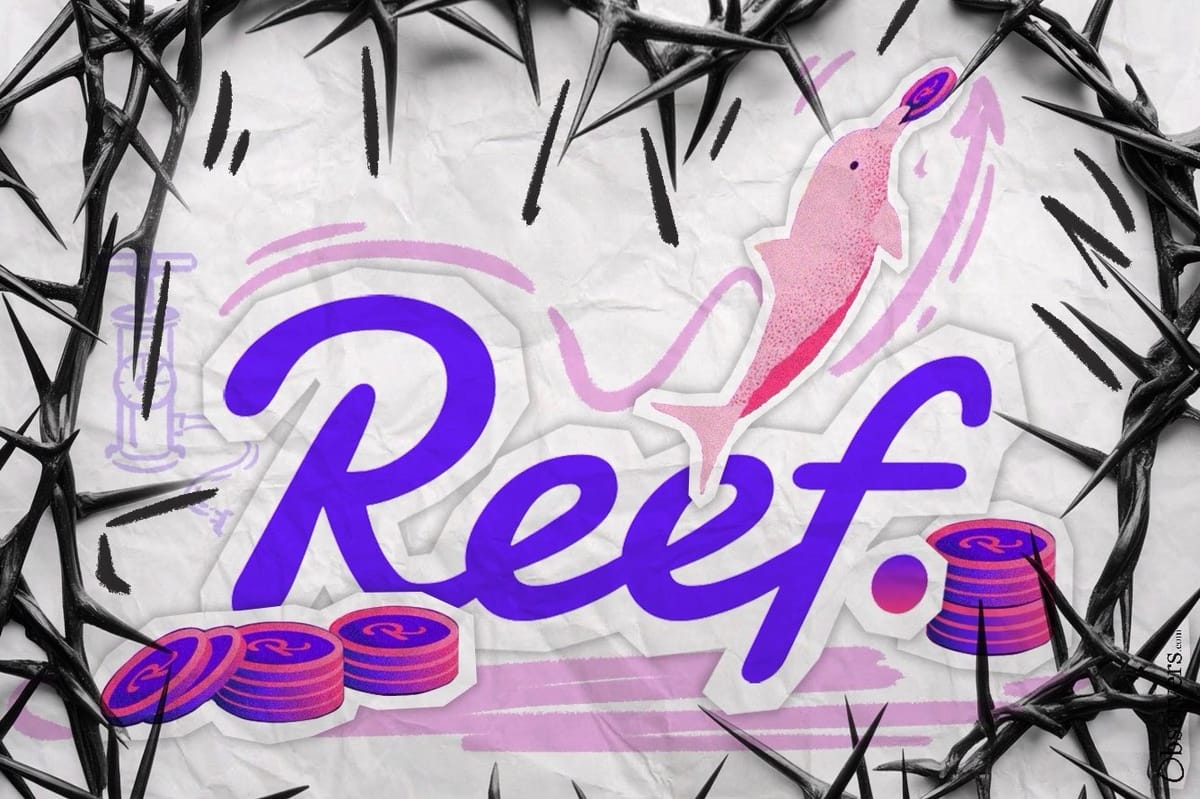
Over the past month, the $REEF token has been on a real rollercoaster. It all began with a sharp 40% drop following Binance's delisting on August 12. Surprisingly, the token rebounded dramatically, surging 140% in the last two weeks, and now sits above the price it was when it was still trading on Binance.
Reef Chain, which went live with its mainnet on May 28, 2021, promotes itself as an EVM-compatible blockchain designed for DeFi. The project has been built using Polkadot's substrate framework.
Reef adopts a somewhat unique approach to protocol governance. It features a Technical Council that is responsible for reviewing and approving blockchain updates, while Validators, elected through a Nominated Proof of Stake consensus, are tasked with ensuring reliable block production.
Another distinctive feature of the Reef Chain is its approach to transaction fees. It burns all $REEF tokens collected as fees, setting itself apart from Ethereum, which only burns a portion of its collected fees.
Though the project’s technical approach was seen as innovative in 2021, it hasn’t quite catapulted the platform ahead of its competitors, such as Ethereum’s Layer-2 solutions and various other non-EVM chains.
In fact, after three years of development, Reef’s ecosystem still feels somewhat underdeveloped, hosting a modest array of dApps that largely mimic existing offerings on Ethereum without offering anything truly new. The project’s roadmap also lacks compelling updates that could revitalize its trajectory.
Market sentiment seems aligned with these observations. While the market cap was around $400 million in 2021, it now sits at about $30 million.
However, this does not mean that the chain is totally dead. Since 2021, the project has cultivated a dedicated community that continues to use the chain. Additionally, the team has shown ongoing commitment to the project, at least through their presence on X (formerly Twitter). The team has said they are actively discussing the development of more bridges and are increasing their marketing efforts for the chain.
That said, it is difficult to justify the recent 140% pump over the last 14 days. The community is split on what is driving this volatility. Some suspect that the recent surge is not genuine and label it a “scam pump,” while others think it really is due to positive developments within the project itself.
However, the “scam pump” version does have more logic to it, due to the project’s previous history. Unless the team announces something significant in the coming days, there is no assurance that the token won’t revert to its previous downtrend trajectory.

